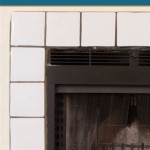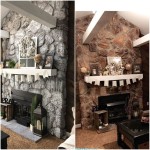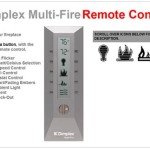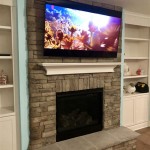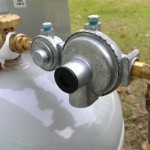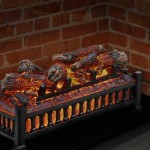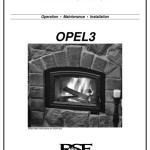Non-Vented Gas Log Fireplaces: Essential Aspects
Non-vented gas log fireplaces provide an alluring alternative to traditional wood-burning fireplaces. They offer the warmth, ambiance, and convenience of a fire without the need for a chimney or vent. Understanding the essential aspects of non-vented gas log fireplaces is crucial for ensuring a safe and enjoyable experience.
1. Combustion Technology:
Non-vented gas log fireplaces use a technology called combustion with oxygen depletion (COD). This system ensures complete combustion of the gas, minimizing harmful emissions. The logs are placed in a chamber with a limited supply of oxygen, which forces the flames to burn slower and more efficiently.
2. Installation:
Proper installation is essential for the safe and effective operation of a non-vented gas log fireplace. A qualified technician should handle the installation to ensure adherence to safety codes and manufacturer guidelines. The fireplace must be installed in a well-ventilated room with sufficient air circulation.
3. Fuel Source:
Non-vented gas log fireplaces typically use natural gas or liquid propane (LP) as fuel. The type of fuel used depends on the availability in the area. Natural gas is a common choice due to its convenience and low cost, while LP is often used in rural areas where natural gas lines are not available.
4. Oxygen Depletion Sensor:
Non-vented gas log fireplaces are equipped with an oxygen depletion sensor that monitors the oxygen levels in the room. If the oxygen level drops below a certain threshold, the sensor automatically shuts off the gas supply to prevent the buildup of dangerous gases.
5. Safety Features:
Non-vented gas log fireplaces incorporate several safety features to ensure the well-being of users. These features include a flame-out sensor that shuts off the gas if the flame is extinguished, a pilot light monitor to ensure continuous ignition, and a cool-to-the-touch exterior to prevent burn hazards.
6. Maintenance:
Regular maintenance is essential to keep the non-vented gas log fireplace functioning properly and safely. This includes cleaning the ceramic logs, burners, and pilot light regularly. It is also recommended to have the fireplace inspected annually by a qualified technician for any potential issues.
By understanding and adhering to these essential aspects of non-vented gas log fireplaces, you can enjoy the ambiance and warmth of a fire in the convenience of your own home while prioritizing safety and efficiency.
:max_bytes(150000):strip_icc()/ventless-gas-fireplaces-4160746-hero-f9d4bdcd9bd446eb84406de306f790ba.jpg?strip=all)
How To Pick Out A Ventless Gas Fireplace

Ventless Gas Log Set Guide Fireplaces Direct Learning Center

Vent Free Gas Logs Pros And Cons Kansas City Chimney Service

Pleasant Hearth Wildwood 24 In Vent Free Dual Fuel Gas Fireplace Logs Vfl2 Ww24dt The Home Depot

Napoleon Gvfl30 Ventless Gas Log Set 30 Inch

What Is A Ventless Gas Fireplace Experts In Gaithersbutg Md

Napoleon Vent Free Gas Log Sets Main Street Fireplace Fall

Ventless Gas Fireplace Propane

Radiance Vent Free Gas Stove The Place

Vented Vs Ventless Gas Logs Woodlanddirect Com
Related Posts

